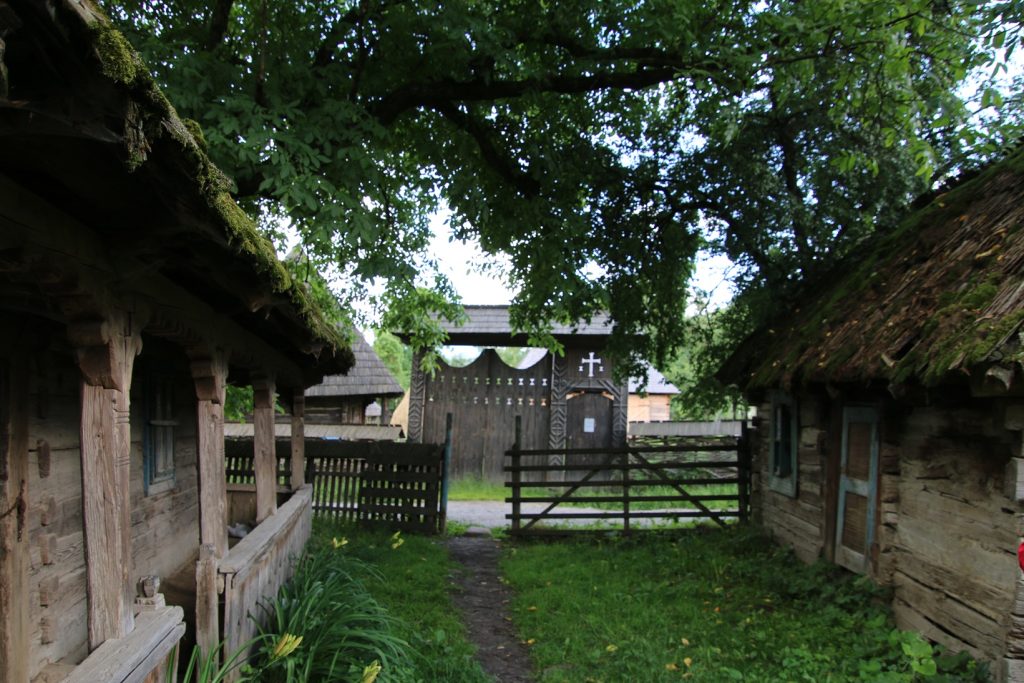„The Wood Cultural Route along the Danube” (Danube Wood Route) is the new project where WWF-Romania, together with partners from 11 European countries, identifies and promotes lesser-known and underdeveloped tourist areas where the „wood civilization” has a long-standing tradition. This initiative aims to develop green cultural tourism opportunities and enhance the superior utilization of wood.
In Romania, the main goal is to identify a wood route in the Maramureș and Transylvanian Hills regions, where the tourism potential related to wood culture is enormous but currently too little emphasized. For centuries, wood has brought valuable cultural content to the residents of these areas, shaping their lifestyle and ensuring their prosperity. Unfortunately, the natural and cultural resources in the area are undervalued, and some of the old traditional wood-related occupations are disappearing. Many of the old wooden houses have been lost, left in ruins, or simply moved elsewhere, losing their cultural essence and turning into firewood.
Therefore, it is extremely important for small producers and local communities to have access to high-quality wood that they can transform into high-value products. Revitalizing rural environments and forest dependent communities can only be achieved by facilitating their access to forest resources, which will generate jobs and high-value products.
Superior timber use is indeed a strategic concept that WWF supports, including within the framework of the new Forestry Code, as it lays the groundwork for responsible forest management and reduces pressure on forests.
Context
The DANUBE WOOD(S) ROUTE project represents an essential initiative for the Danube region and Europe as a whole, aiming to sustainably harness natural and cultural resources associated with forests and wood. This cultural wood route is not just an opportunity but a necessity in the current context, given the wealth of forests and cultural heritage across all partner countries.
Inventorying and mapping the natural and cultural heritage related to wood are crucial to raise awareness about the value of this shared resource. It is essential to understand that the forests in the Danube region are not just timber reserves but also habitats for endangered species and providers of essential services for local communities.
Furthermore, the project will develop a common strategy for superior use of this natural resource, as well as the development and implementation of specific promotion tools, entrepreneurial training pilot actions, and the creation of a pilot route – the Cultural Forests Trail along the Danube.
This article is part of DANUBE WOOD(S) ROUTE, an Interreg Danube Region Programme project co-financed by the European Union.


